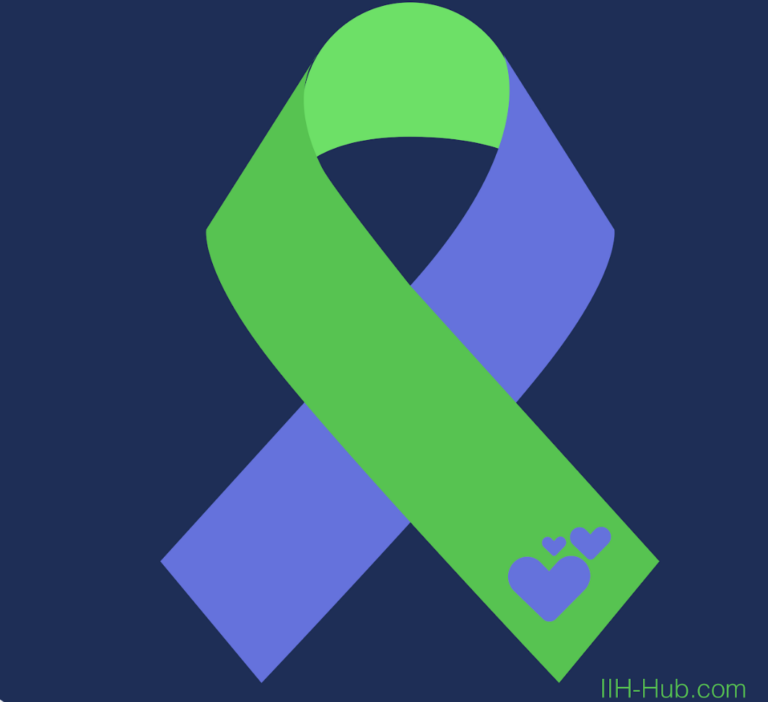Meet Dr. Visish Srinivasan. He is the Assistant Professor of Neurosurgery at the Hospital of the University of Pennsylvania and recently published “Dural Venous Sinus StentingA minimally invasive surgery during which a metallic mesh in the shape of a tube (stent) is placed in the sinus. in IdiopathicThe term idiopathic is used when there is no detectable reason for something. Intracranial Hypertension: A National Database Study of 541 Patients”, which evaluated the efficacy of venous sinus stenting (VVS) in idiopathic intracranial hypertension (IIH) patients (read the article).
We had the opportunity to get to know Dr. Srinivasan and learn about his experience treating IIH.
Can you tell us how you became interested in the field of Neurosurgery?
I became interested in neurosurgery when I first saw a cerebrovascular bypass surgery. It is one of the most beautiful and intricate surgeries done in the whole field. The technical challenge, the high stakes, and potential impact on patients drew me in. With time, I honed in on cerebrovascular and endovascular neurosurgery as those were the diseases that I was most passionate about treating and that I felt resonated with the way I think and work best.
What led you towards an interest in treating patients with IIH?
IIH is one of the most challenging pathologies we treat in neurosurgery. It can severely affect quality of life and function on patients. When our treatments don’t work, it also weighs on the mind of the clinical team that we have been unable to help our patients. The potential of treating these challenging conditions is exactly what drew me to the field in the first place.
What’s your current research focus in IIH?
I am interested in venous sinus stenting, especially through minimally invasiveinvolving the introduction of instruments or other objects into the body approaches, improving efficacy, and optimizing patient selection.
What is your philosophy for treating patients with IIH?
I have taken many lessons from treating stroke patients and want to apply them in other areas. Specifically – I think we should consider expanding indications for venous sinus stenting to the extent they help, to avoid limiting a potentially helpful treatment to who may benefit from it. To put it simply, if we can make it safe enough, and it has a reasonable chance of working, we should try.
What’s the most satisfying part of your profession?
Seeing my patients back in clinic within a few weeks of surgery, eager to go back to their regular routines, brings me a lot of joy.
Without providing identifying information, could you share a story of a memorable patient you treated for IIH?
There was a young woman who was in law school. She had sudden progressive vision loss. Though we were not able to treat her with venous stenting as we had hoped, she was still a good candidate for a shuntA hollow tube that can be surgically placed in the sinus to help drain cerebrospinal fluid.. This provided her relief from some very challenging cognitive clouding she had been experiencing. This has provided her durable relief and she is returning to law school soon.
What is the most difficult part of treating patients with IIH?
The most difficult thing is when we don’t have a solution that can manage symptoms or return people to reasonable function. It is challenging to tell patients that we may not have much else to offer.
How can the medical community, or perhaps the Neurosurgical community in particular, work to improve the lives of patients living with IIH?
I think integration of care for IIH patients (neurology, neurosurgery, ophthalmology) can be very helpful to making medical care more accessible and less disruptive to daily life.
Is there anything else you would like to tell the IIH community?
I look forward to helping many patients with IIH in my career.
Thank you, Dr. Srinivasan for sharing your insight and experience with IIH. If you would like to learn more, you can follow him on Twitter or visit his practice website.



